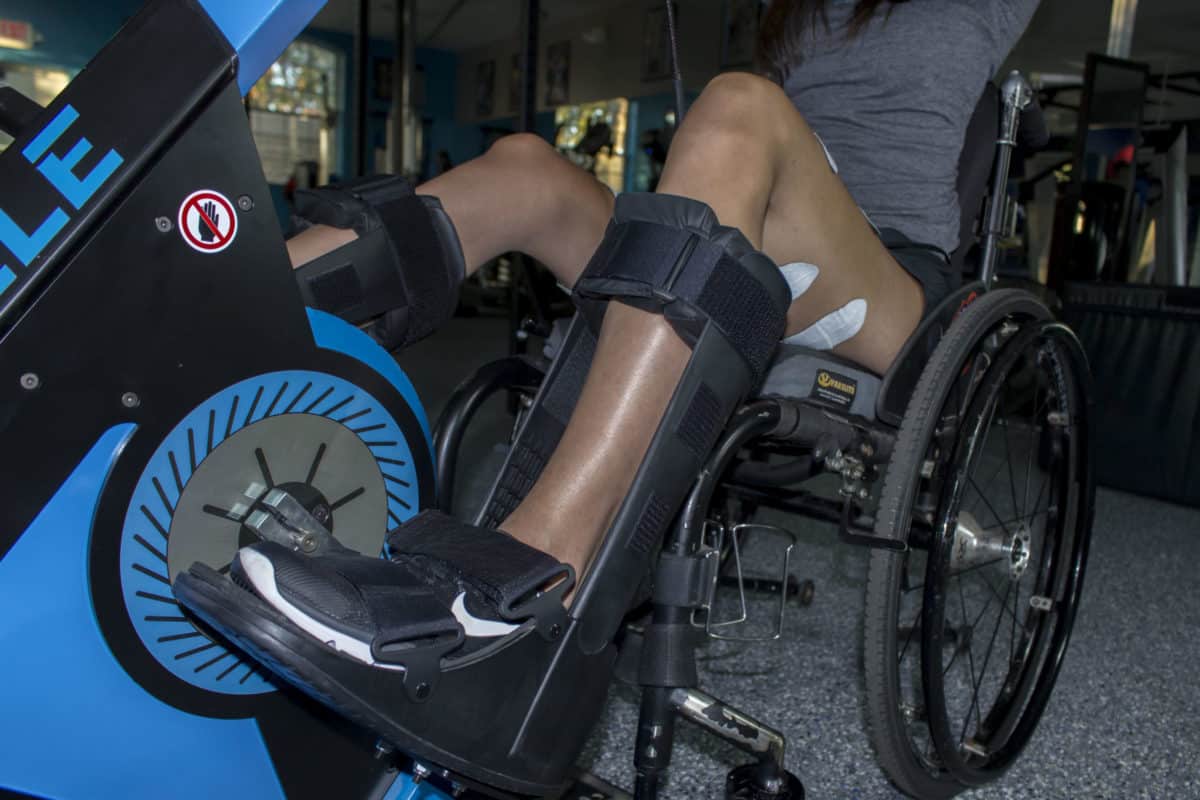Electrical Stimulation Misconceptions Debunked
Electrical stimulation (ES) is an incredibly powerful technique for solving problems with the human body that has been used for thousands of years. Despite the power of electrical stimulation, there are misconceptions about its use and effectiveness that may lead people to dismiss it before trying it. This article is intended to help correct some of these misconceptions, with the goal of enabling more people to reap the benefits of ES.
What Are Common Misconceptions About Electrical Stimulation, and What’s True?
1. Stimulation Is a Sham!
Some people think that electrical stimulation is a sham – that it isn’t good for anything. People who think this either haven’t experienced electrical stimulation at all or they haven’t experienced an effective application of stimulation.
There are many ways to use ES. Some uses, like electrical muscle stimulation, require higher levels of stimulation, and the effects are usually obvious and can be easily felt. Other applications of ES use very low levels of stimulation. Sometimes, the stimulation levels are so low that the stimulation can’t be felt and its effects can’t be directly observed. When you can’t feel the stimulation, and you can’t see its effects directly, it’s easy to think, “This isn’t doing anything,” and move on.
It’s true that some low-level applications of ES don’t have any concrete evidence of efficacy – any effects observed may just be the placebo effect. Other low-level applications have decades of research demonstrating their effectiveness, like some applications of brain and spinal cord stimulation.
The key ideas here are that you don’t necessarily need to be able to feel the stimulation or directly observe its effects for it to be working, and if you think all stimulation is a sham, try electrical muscle stimulation and you’ll quickly change your mind.
2. Stimulation Is Only Useful for Pain Relief.
One of the most common uses of electrical stimulation throughout history has been pain relief. It’s generally recognized as true that electrical stimulation can help relieve pain by blocking pain signals from reaching the brain, where they are noticed and felt as pain.
Today, the state of the art includes implanted stimulators that directly stimulate the spinal cord or peripheral nerves to block pain, and these stimulators are extremely effective. However, because this particular application of stimulation has the longest history, many people incorrectly assume that it’s the only proven application for stimulation.
Other proven applications of ES include electrical muscle stimulation (EMS) for muscle building and recovery, functional electrical stimulation (FES) for restoring functional abilities to people with paralysis, and deep brain stimulation (DBS) for treating neurological disorders like epilepsy and Parkinson’s disease.
3. Stimulation Doesn’t Work on Paralyzed Muscles.
Even people who know how electrical stimulation can be used to activate muscles may not understand what happens to muscles when they become paralyzed, leading them to believe that stimulation won’t work on paralyzed muscles. It makes sense to think that if a person’s own brain can’t activate their muscles, then ES can’t either. The truth is, stimulation can activate paralyzed muscles, even if those muscles are “completely” paralyzed by peripheral nerve damage (flaccid paralysis).
When a person becomes paralyzed, they lose the ability to voluntarily control their own muscles because signals from the brain don’t reach through the damaged nerve to the muscles. With paralysis caused by a central nervous system injury, like a stroke or spinal cord injury, the nerves below the injury can still activate the muscle, which leads to muscle spasms (spastic paralysis). When the peripheral nervous system is injured, neither the brain nor the spinal cord can activate the muscles, so the muscles aren’t spastic – they’re flaccid.
Without activation and mechanical loading, the muscles atrophy. Small muscles will only contract weakly when stimulated, so some people who have tried stimulating a paralyzed muscle may not have been able to observe any activity in the muscle, leading them to believe that the stimulation “doesn’t work” on paralyzed muscles.

However, if someone has spastic paralysis and muscles that haven’t atrophied too much, you can easily apply stimulation to those muscles and observe strong muscle contractions. People with flaccid paralysis or extreme atrophy may need to use special types of electrical stimulation and a carefully designed routine to rebuild their muscles, which can take months or even years, but the muscles will eventually contract with sufficient intensity to be observable.
Stimulation of paralyzed muscles to produce muscle contractions and functional movements is known as functional electrical stimulation (FES), and there have been thousands of peer-reviewed publications on the uses and benefits of FES. Stimulation does indeed work on paralyzed muscles.
To Summarize, Here Are Some Key Takeaways
- There are many different applications for electrical stimulation.
- Some applications have been proven effective, while others have not.
- Electrical stimulation is especially effective for treating pain and controlling muscles, even paralyzed muscles.
The MyoCycle Is Your Clear Choice for a Functional Electrical Stimulation Bike
To learn more about one of the most amazing applications of electrical stimulation, FES, click here: What is FES?
To see a medical device that uses FES to help people with paralysis perform therapeutic exercise, check out the MyoCycle!
